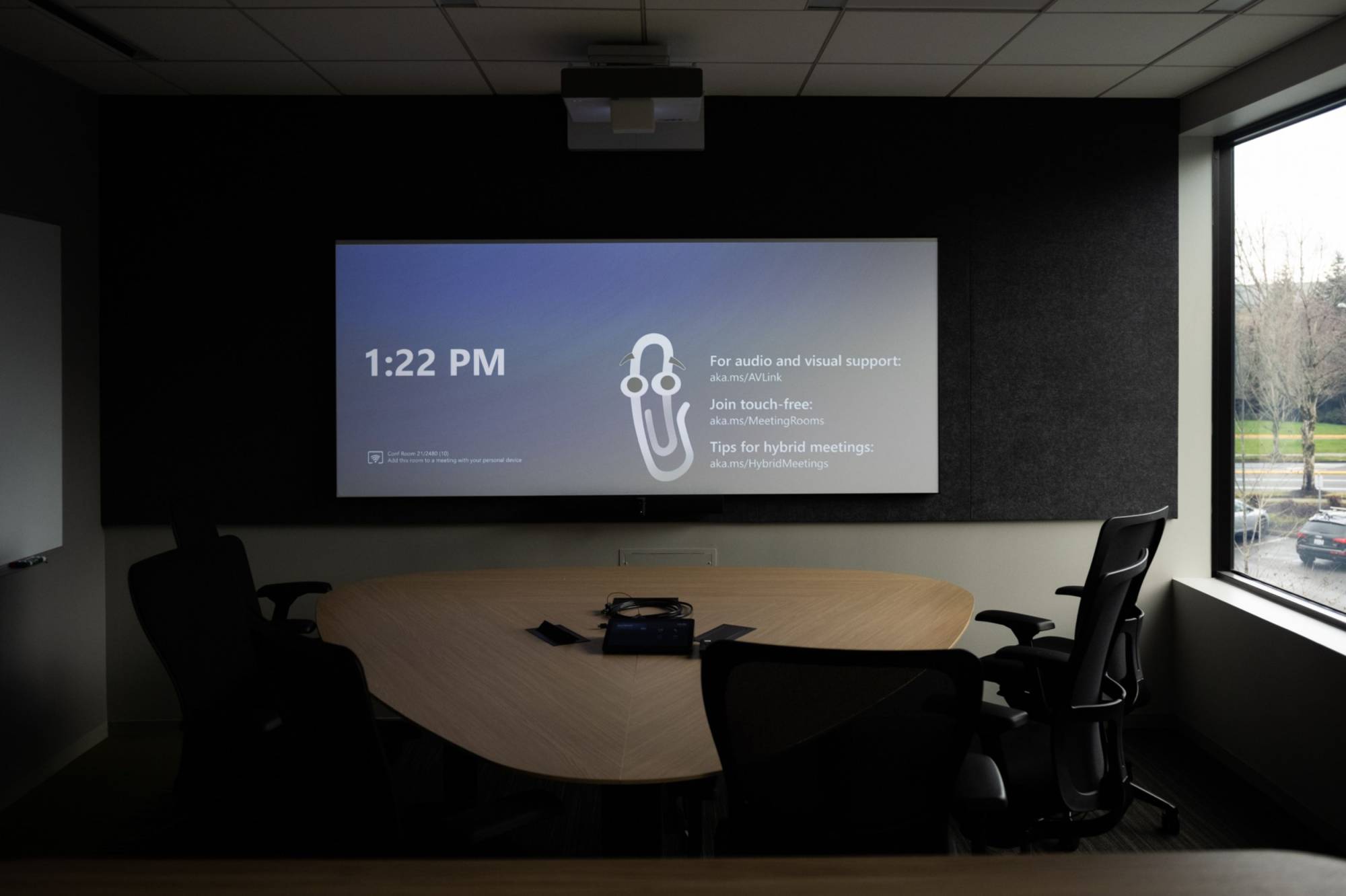Triangle, trapezoid, half oval and more — debating workspace tables these days can sound like a geometry class.
As employees embrace hybrid work, companies need to re-evaluate meeting spaces when some attendees are in the office and others dial in. That begs the questions of how to optimize such spaces, which videoconferencing technology to use, and of course, defining what exactly a trapezoid is (read: a shape with four sides, two of which are parallel, while one or both of other two can be slanted).
When someone says "conference room,” most people envision a long rectangular table surrounded by chairs. But that setup isn’t geared for virtual meetings where participants might sit far from a screen, assuming the room is even video enabled. "There is a movement towards flipping these rooms from a portrait orientation to landscape,” says David Cooper, product category manager at office furniture maker Steelcase. That would allow workers to sit closer to the wall-mounted screen. New camera systems can also zoom in on certain people so they fill up the screen like their remote counterparts.



















With your current subscription plan you can comment on stories. However, before writing your first comment, please create a display name in the Profile section of your subscriber account page.